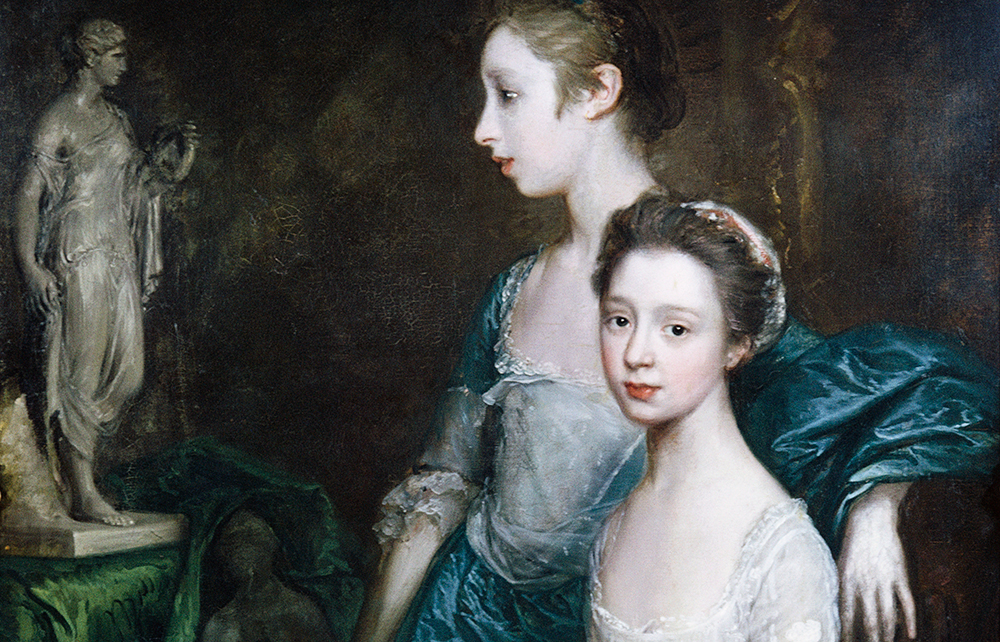Novels about art are often strange, vain affairs. After all, writing about artists, especially fictional ones, can seem like a strained exercise in trying to yoke together two irreconcilable mediums. It is to Anthony Quinn’s credit that his ninth novel, Molly & the Captain, not only succeeds admirably as a centuries-spanning account of the influence and afterlife of the eponymous painting, but manages to say illuminating things about creativity, love and family dynamics in the process.
The book is divided into three sections. The first, ‘Merrymounts’, is the shortest, and is written in an 18th-century literary pastiche style that initially jars but soon enthrals. Exploring the relationship between the Gainsboroughesque portrait painter William Merrymount and his daughters Molly and Laura, the subjects of the dual portrait known as ‘Molly & the Captain’ which Merrymount believes to be his masterpiece, it elegantly paves the way for the two longer tales. ‘Kensington Gardens’ is an account of a Victorian painter who becomes fixated on the idea that he is seeing ghosts as his sister is courted by suitors, some desirable, others less so; and the 1980s-set ‘The Flowers of Romance’ explores the ménage-à-trois of an artist, her actress daughter and a young musician, as the legacy of the Merrymounts ties the narratives together in both logical and unpredictable ways.
The sheer breadth and brio of the novel makes for a thrilling read, although it is hard not to feel that Quinn has tried to pack too much into the saga. Lengthy subplots dealing with everything from the life of an actress in the Georgian theatre to the welcome return of the Billie Cantrip character from Quinn’s 2017 novel Eureka, now sadder and wiser than the 1960s ingenue she once was, enthral in the richness of their detail but also at times frustrate. The linking device of the eponymous painting generally works, but the author is so obviously having fun with his characters and settings that it is often all but forgotten, only returning occasionally for particular twists and revelations.
Ultimately, however, this is a witty and affecting saga. It delights in exploring tiny, unexpected quirks of character and broad brushstrokes of greater emotion alike, and never fails to entertain. If Quinn were an artist, you might compare him with a portraitist of rare skill. It is easy to marvel at the complex picture painted here, in the richest and most varied of colours.






Comments